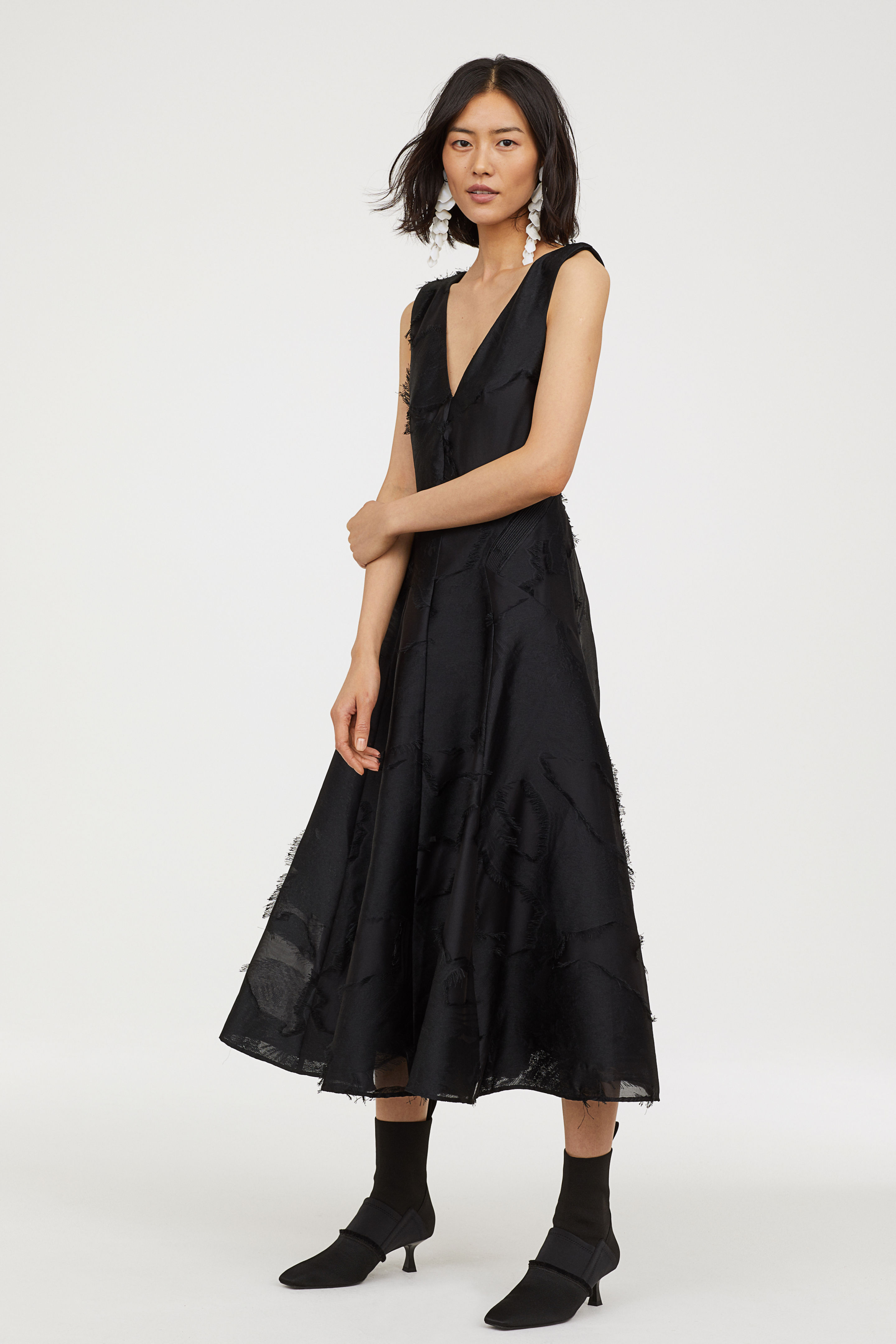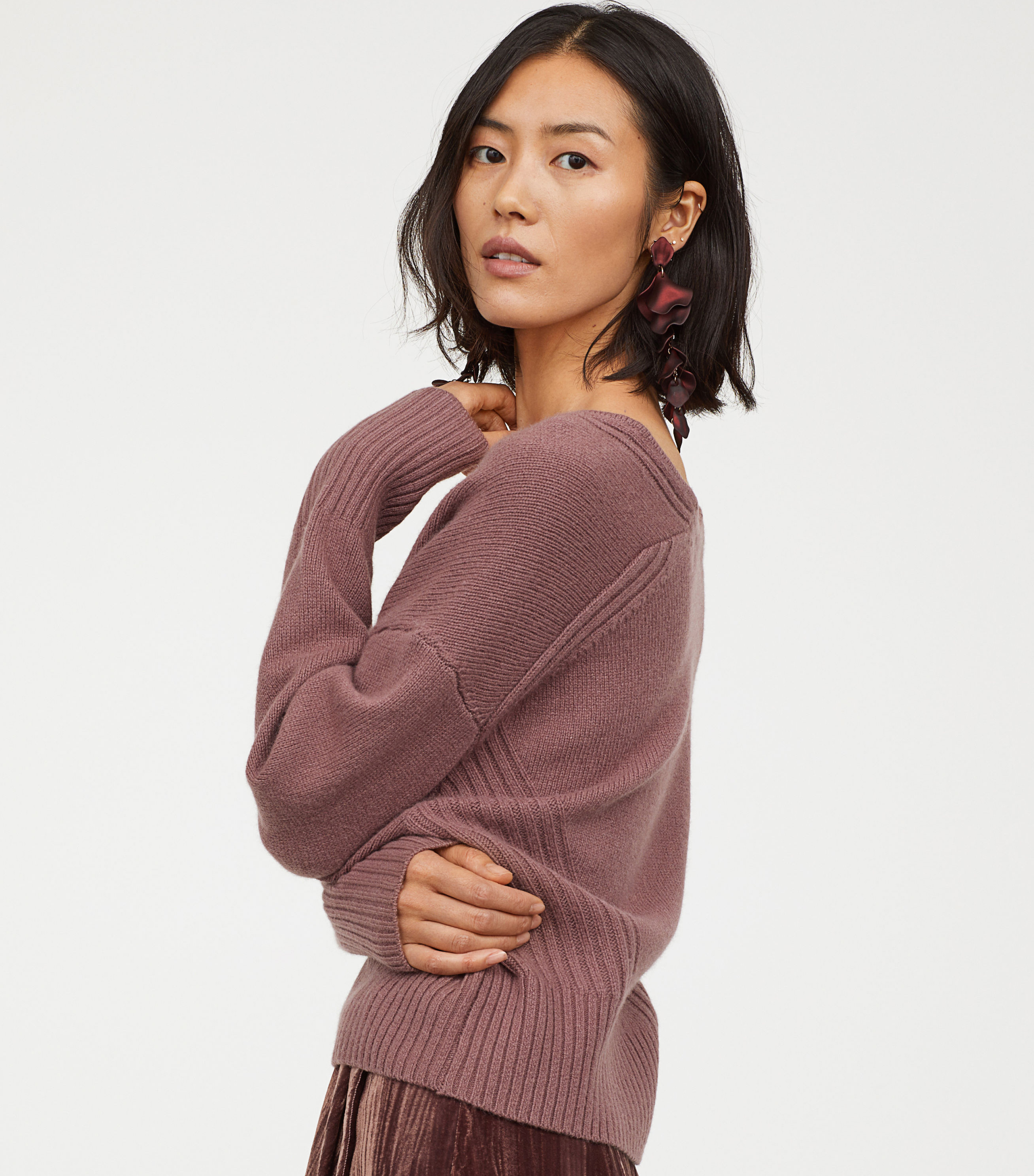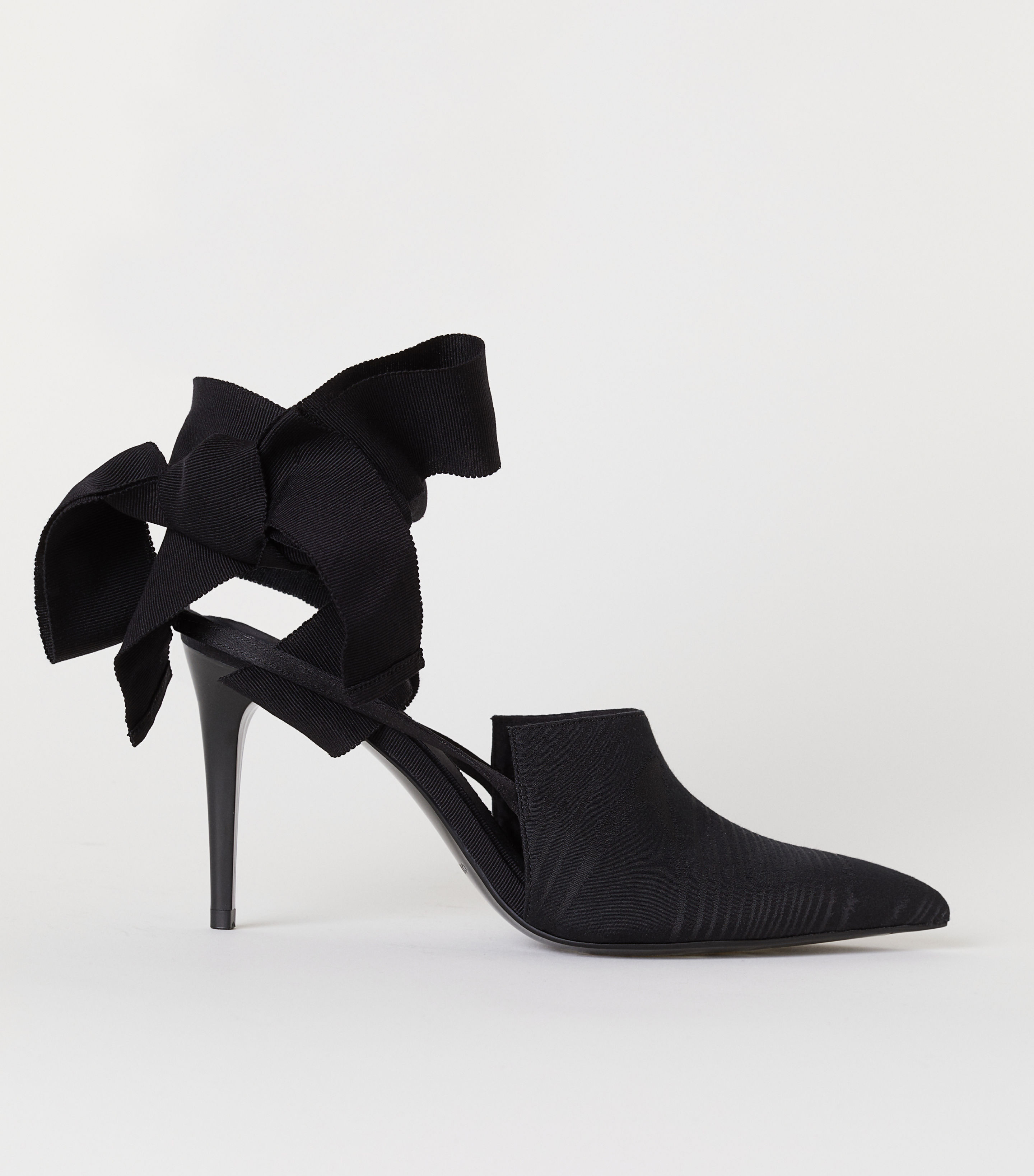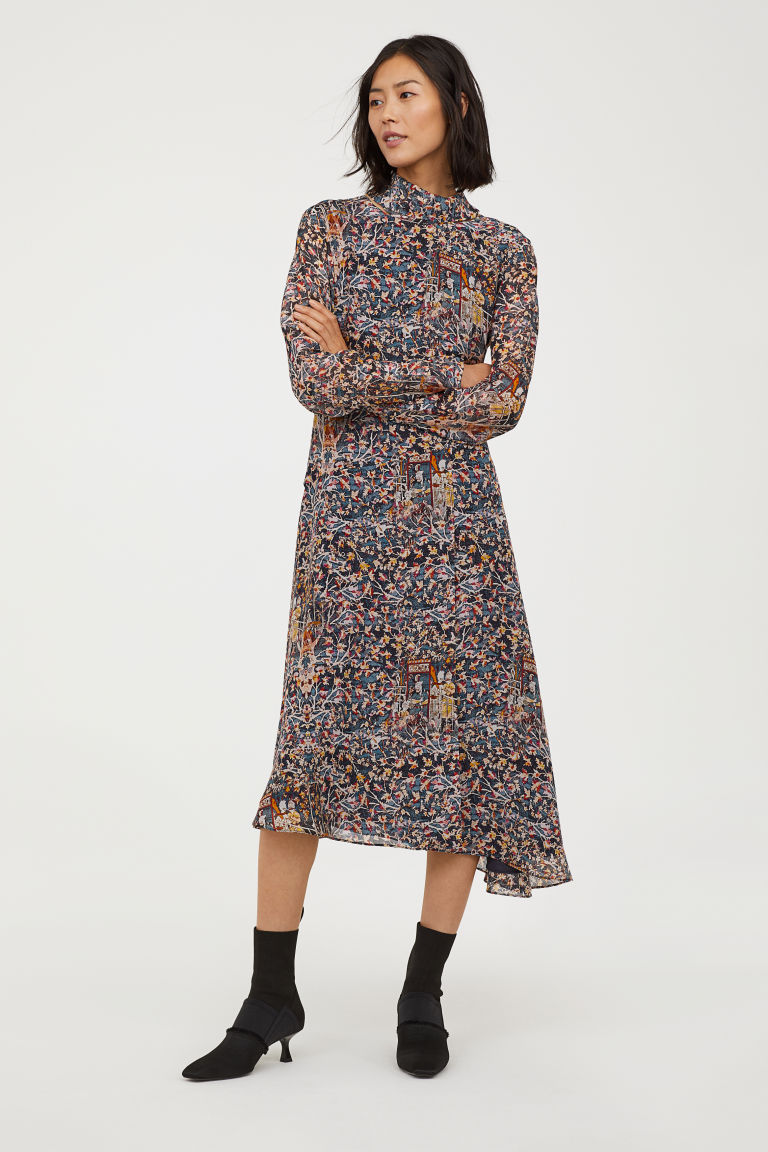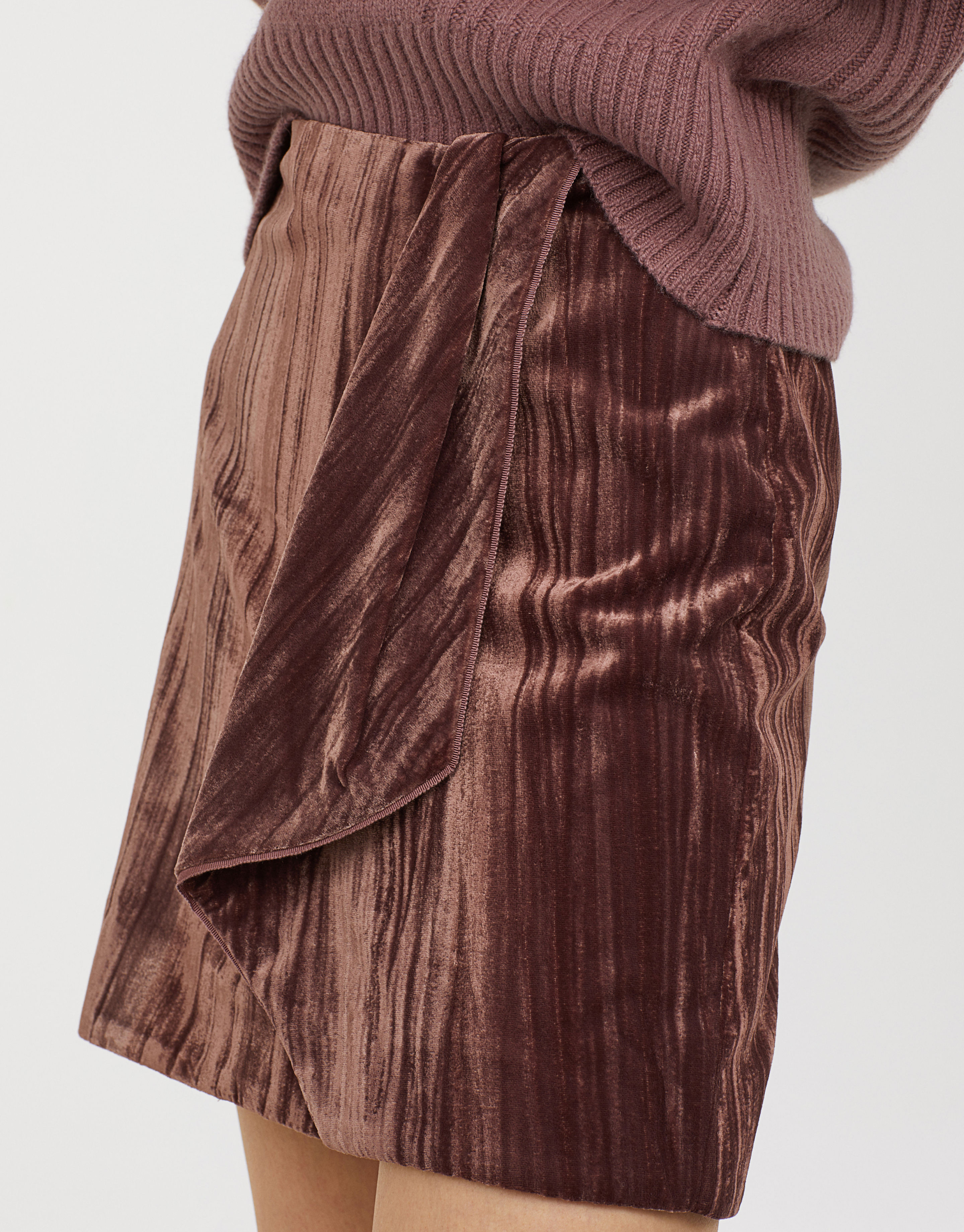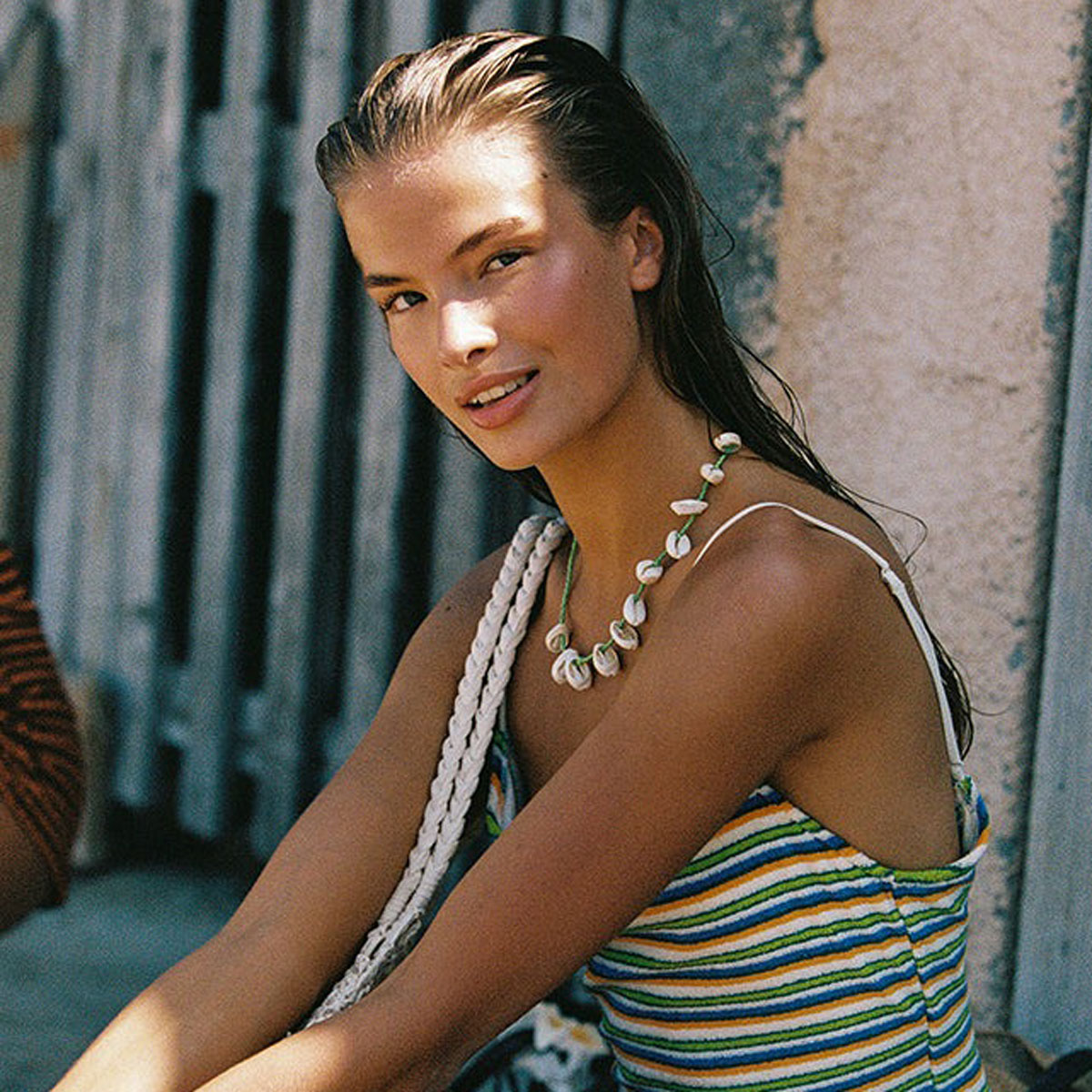3 Ways to Be a Better Fast-Fashion Shopper

Just last week, surrounded by acres of sustainable farmland at Stone Barns in Tarrytown, New York, H&M debuted the new addition in its Conscious Collection. Just as the slow-food movement was responsible for our lunches that day, the brand was there to celebrate its latest efforts in slow fashion. Specifically, this meant the launch of the fall line and the addition of recycled cashmere and recycled velvet to its offerings.
The materials—while appropriately autumnal—also are a huge achievement for H&M. As Emily Scarlett of H&M’s PR team tells us, the ability to create beautiful and responsible materials is one of the biggest challenges the Swedish brand current faces. “Today we’re one of the worlds largest user of organic cotton, recycled polyester and Tencel,” explains Scarlett. That said, there’s still a long way to go before H&M can hit its goal of using solely sustainable materials by the year 2030.
Thankfully, as Scarlett and the event’s co-host, Susan Rockefeller of Musings magazine, tells us, the power to shop ethically is still very much in consumers’ hands. In fact, the duo explained how it’s possible to shop fast fashion with a slow-fashion mentality.
Below are the three best pieces of advice from Scarlett and Rockefeller on how to buy and care for fast and affordable fashion in a responsible way. Plus, take a look at the new H&M Conscious line, available to shop today.
The rule of three: Scarlett tells us that, yes, we can all enjoy fast fashion responsibly, but only if we think ahead before we shop. “If you’re thinking of adding something new to your wardrobe, think about how you can wear it three ways with existing pieces that you already have,” she explains. If you can’t justify the use of that item, it may not be worth adding to your closet.
Don’t ignore the middle: It seems more obvious to think about consumption and waste habits when we are purchasing an item or debating to throw it away/resell/donate/recycle/etc. Scarlett tells us there’s more to it. “Some of the impact that a garment puts on the environment is in the user phase. Even making decisions like choosing an eco-friendly laundry detergent and only washing in cold water can significantly decrease the impact the consumer is having on the economy of fashion.”
Keep the value chain in mind: Rockefeller, who’s worked with the H&M Conscious line for several years now, says that, as consumers, we should keep in mind how to prolong what we already own before we buy more. “I have pieces that are not organic cotton, but I’ve had them for a very long time. Now, do I give them away and then start with organic? No, but if I have to buy a new T-shirt now, I would think about choosing something organic,” she explains. “It’s the value chain and keeping things for the long term.”
Up next, get inspired by four stories of women who totally overhauled their personal style… and aren’t looking back.

Who's your style icon?Taylor Tomasi HillWho are your 5 favorite people to follow on Twitter/Instagram? @tamumcpherson @lisasaysgah @therealgracecoddington @everyoutfitonsatc @notmynonni What's the fashion essential you can’t live without? A leather jacket.What's your desert island album? Beyoncé "B'Day." Or pretty much anything Beyoncé.
-
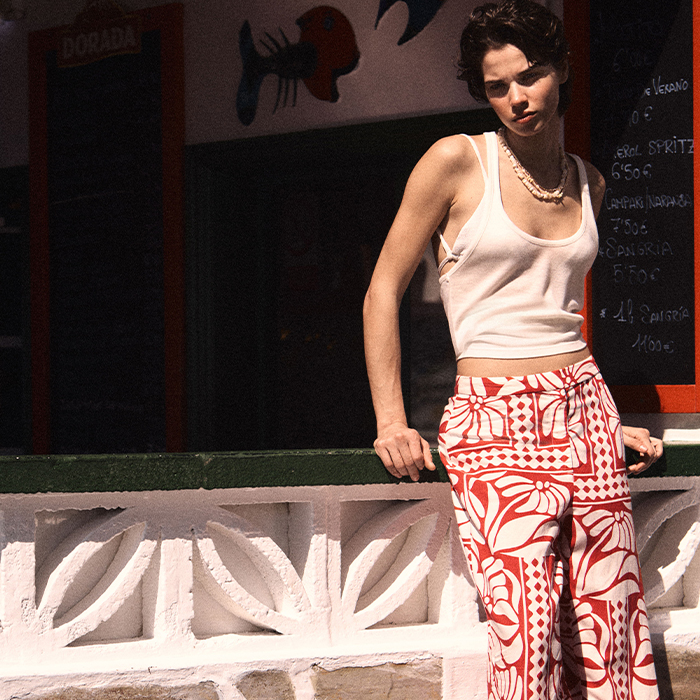 I'll Clue You In: Fashion People Are Freaking Out Over These 33 Spring H&M New Arrivals
I'll Clue You In: Fashion People Are Freaking Out Over These 33 Spring H&M New ArrivalsGorgeous warm-weather styles ahead.
By Chichi Offor
-
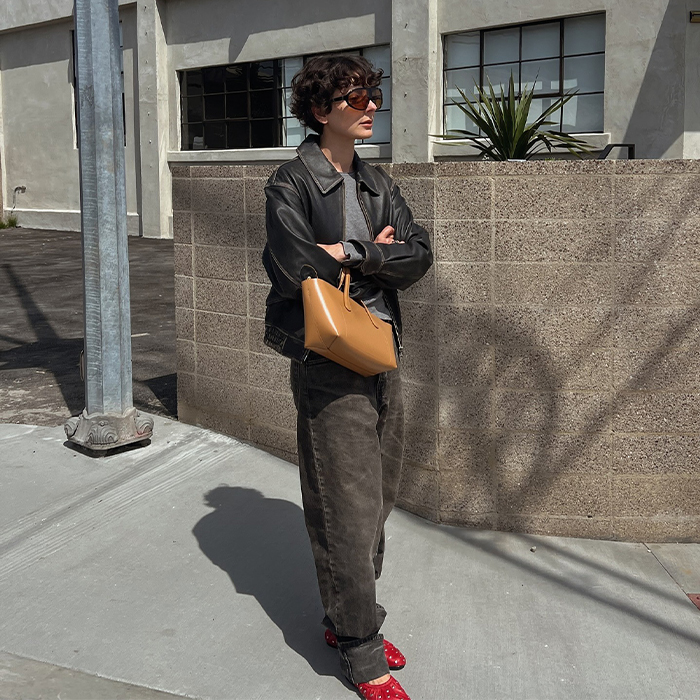 My 30-Year-Old Bestie Asked Me for Chic Clothing Recs—37 Options I Told Her Scream "Fashion Person"
My 30-Year-Old Bestie Asked Me for Chic Clothing Recs—37 Options I Told Her Scream "Fashion Person"Everything you need to give your wardrobe a stylish update.
By Chichi Offor
-
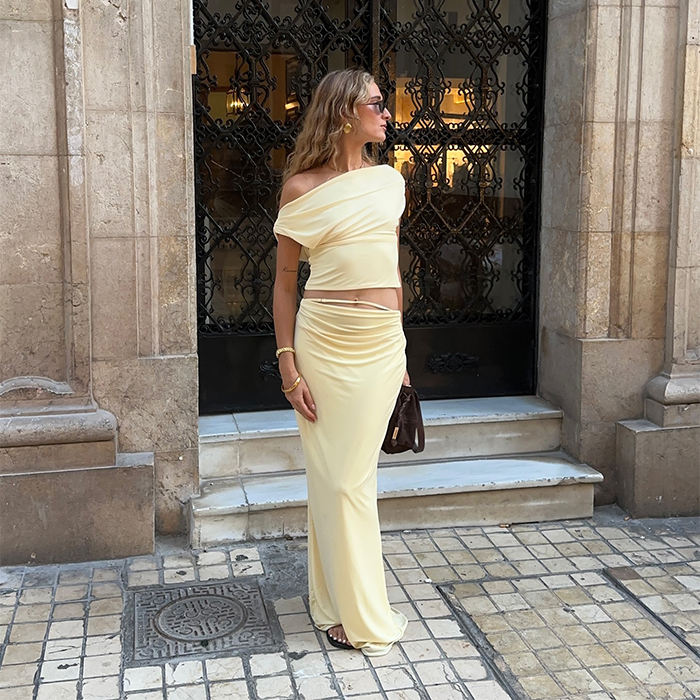 Stop Right There! These Gorgeous H&M and Zara New Arrivals Are Bound to Sell Out Soon
Stop Right There! These Gorgeous H&M and Zara New Arrivals Are Bound to Sell Out SoonThe only spring shopping list you need.
By Chichi Offor
-
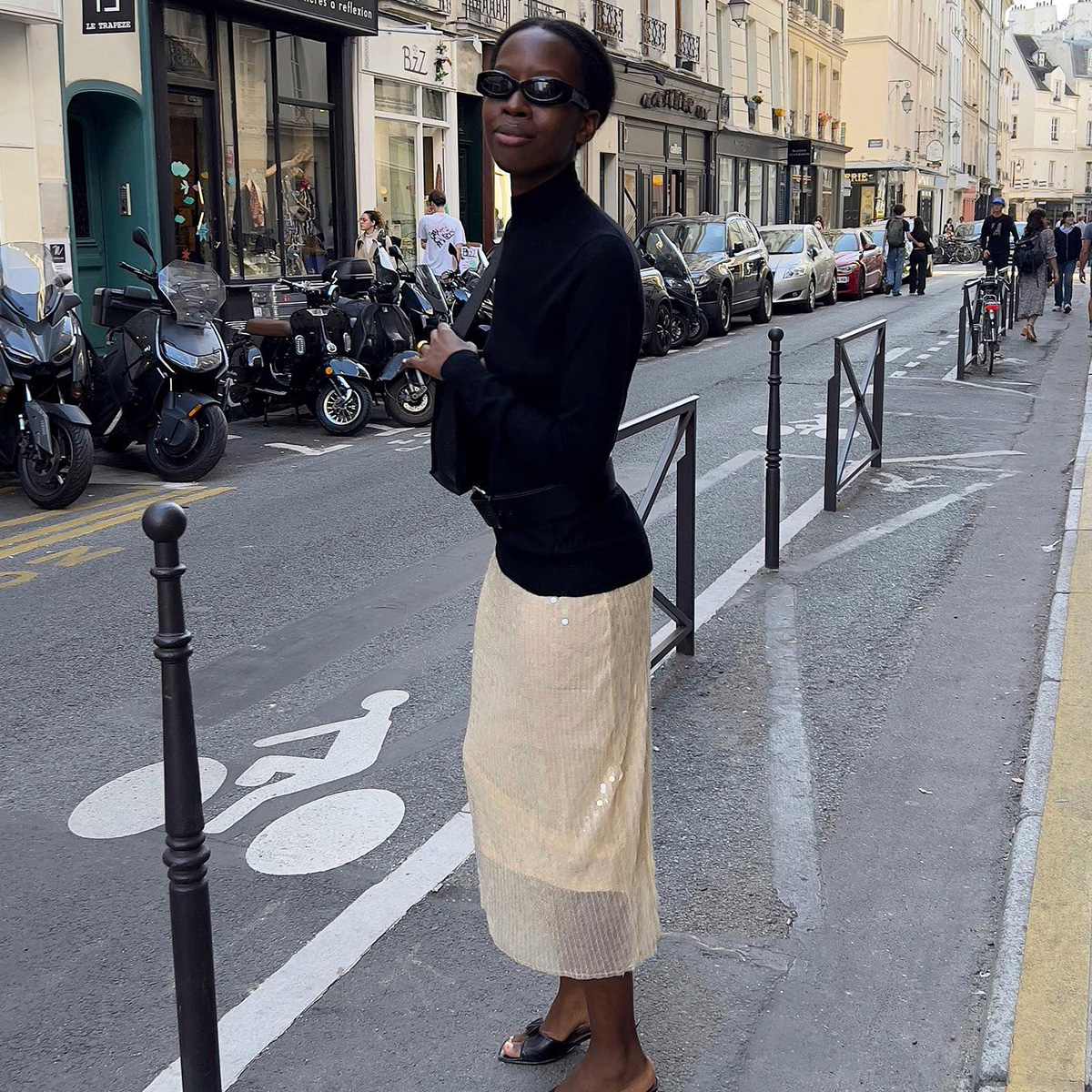 I Give This $35 Designer-Passing H&M Cardigan One Week Before It's Sold Out
I Give This $35 Designer-Passing H&M Cardigan One Week Before It's Sold OutGuaranteed.
By Nikki Chwatt
-
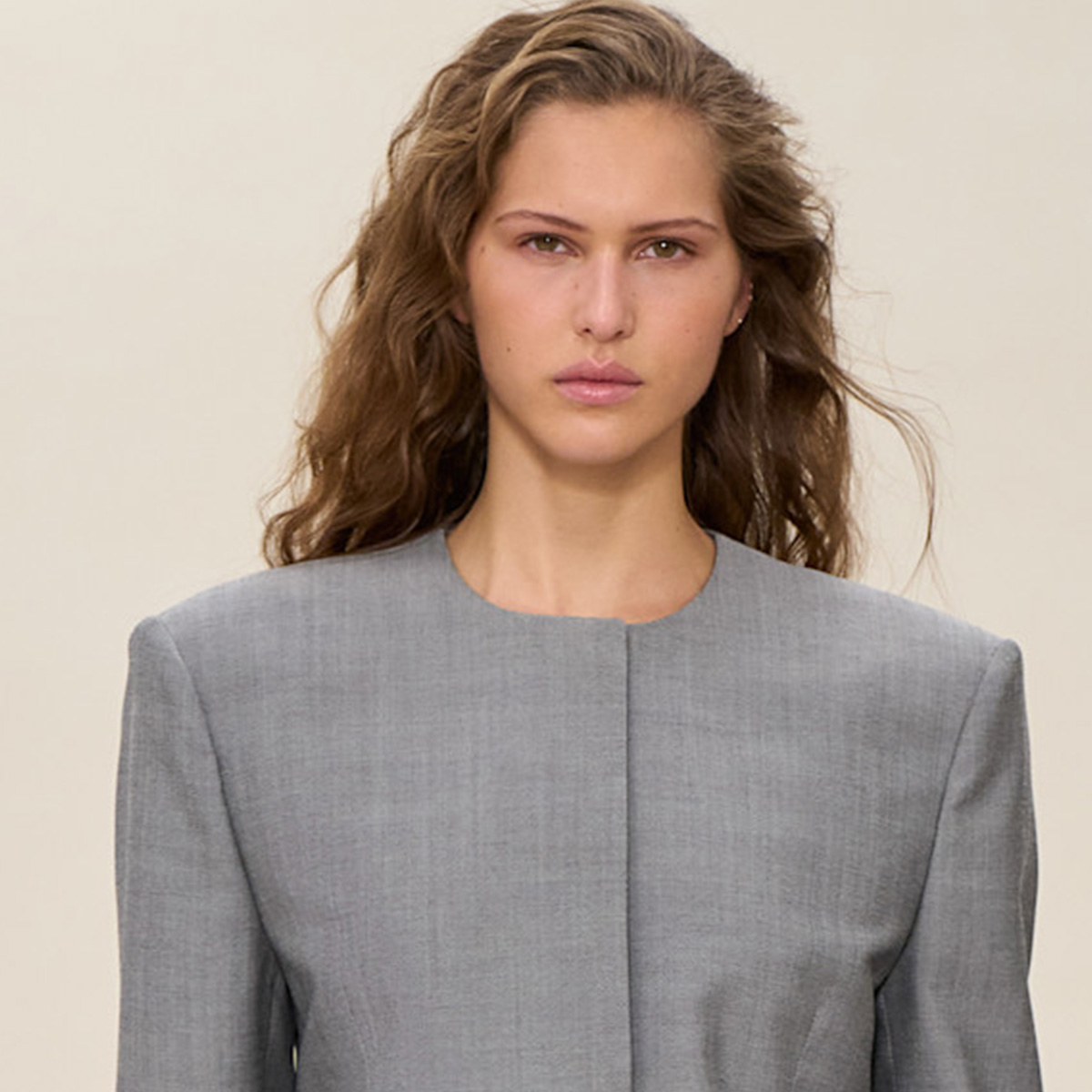 6 Fall 2025 Runway Trends I Already Found at Zara, H&M, and Mango
6 Fall 2025 Runway Trends I Already Found at Zara, H&M, and MangoAffordability's never looked so good.
By Eliza Huber
-
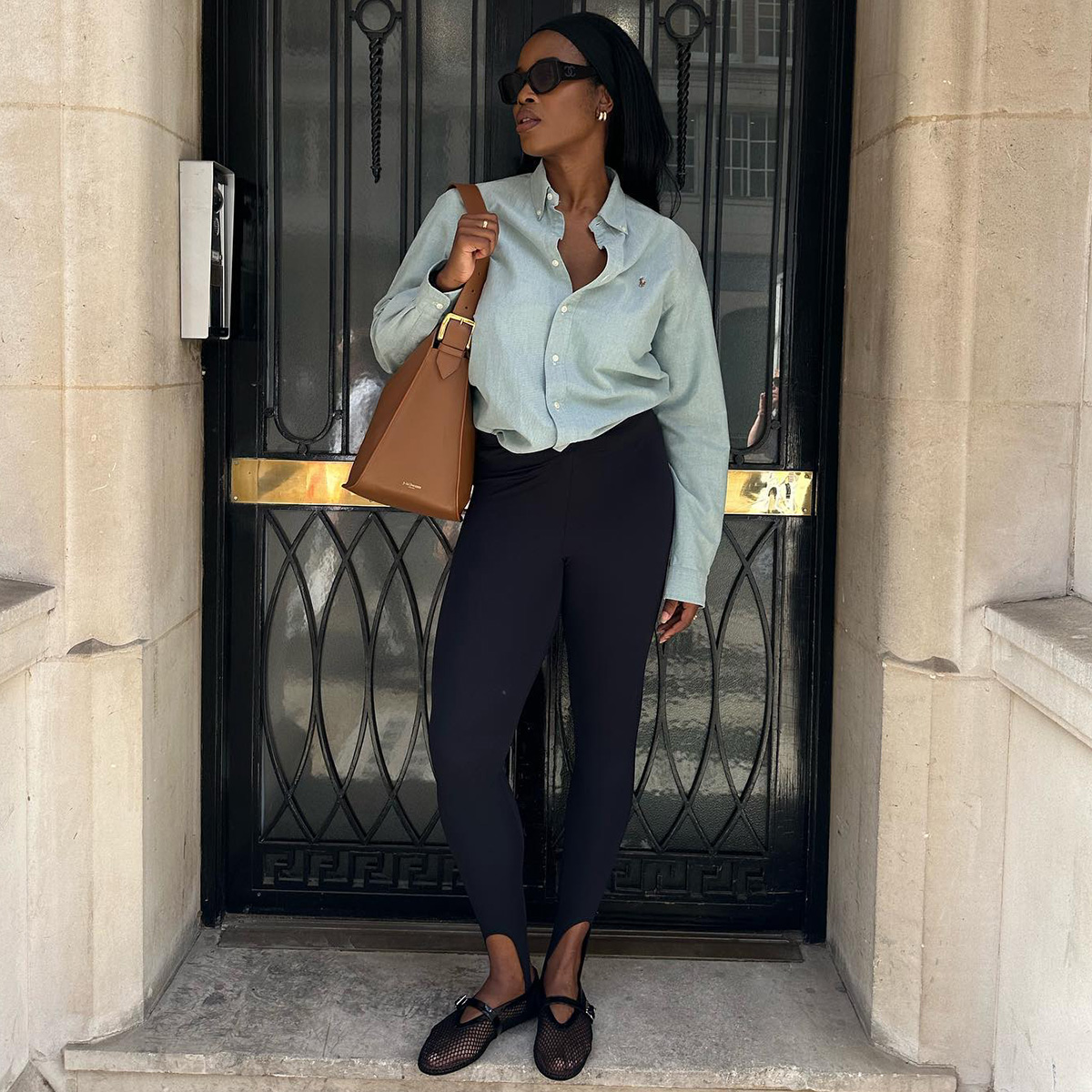 I Just Saved $360 by Purchasing These New H&M Flats Instead of the Designer Pair I Originally Wanted
I Just Saved $360 by Purchasing These New H&M Flats Instead of the Designer Pair I Originally WantedTalk about a win.
By Nikki Chwatt
-
 The $25 H&M and $50 Zara Flats I'm Buying Because This Shoe Trend Is Suddenly Everywhere
The $25 H&M and $50 Zara Flats I'm Buying Because This Shoe Trend Is Suddenly EverywhereIt's good enough to buy in multiples.
By Allyson Payer
-
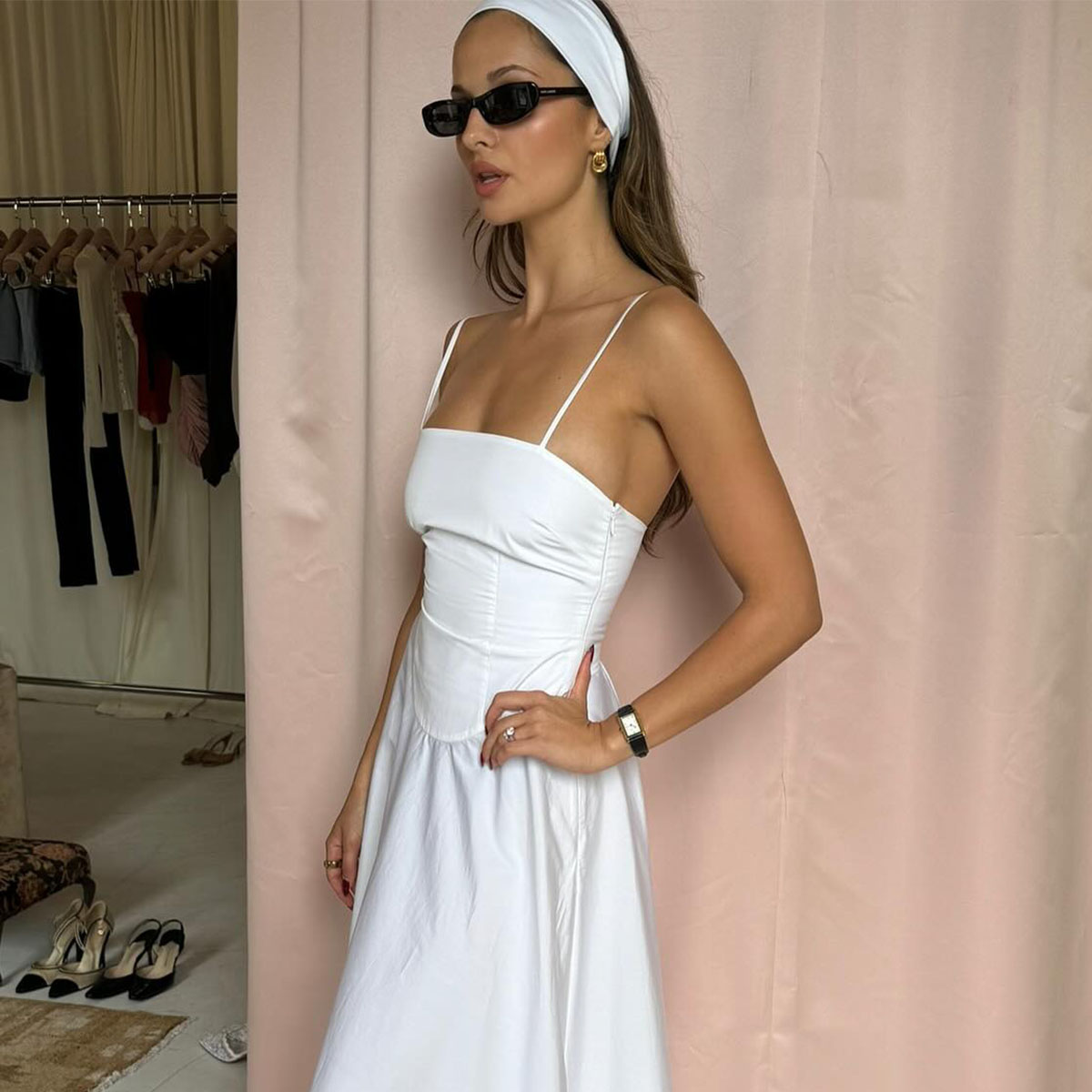 I Shop for a Living—30 J.Crew, Zara, and H&M Items That Will Elevate a Spring Outfit
I Shop for a Living—30 J.Crew, Zara, and H&M Items That Will Elevate a Spring OutfitThese are all so chic.
By Audry Hiaoui
